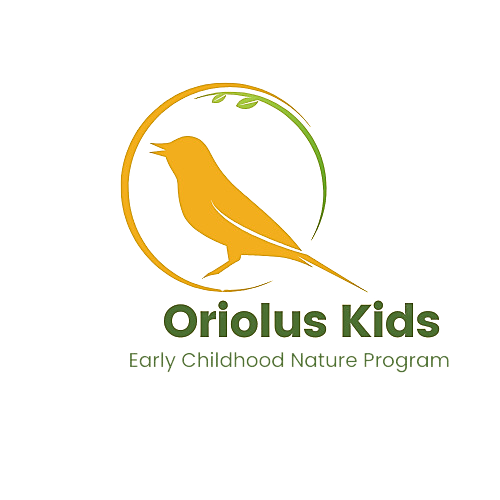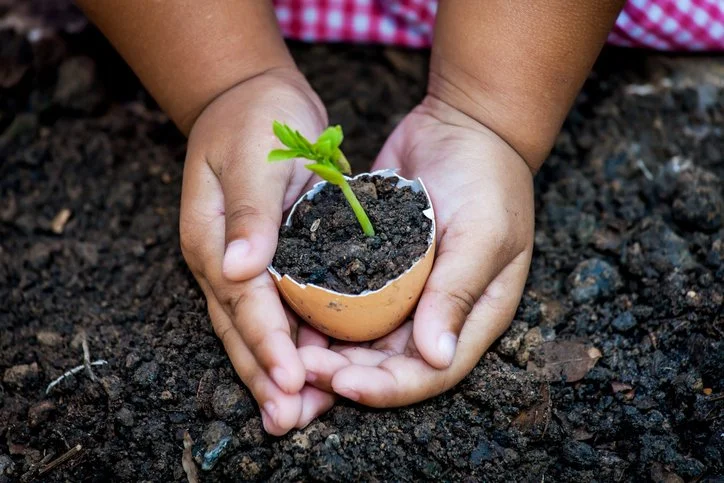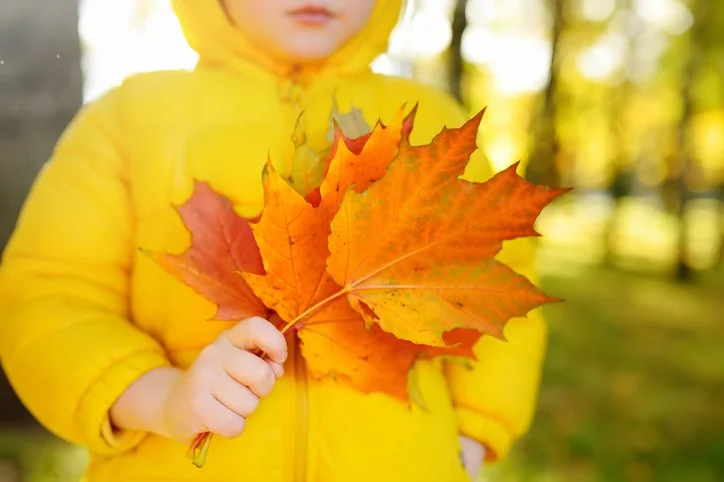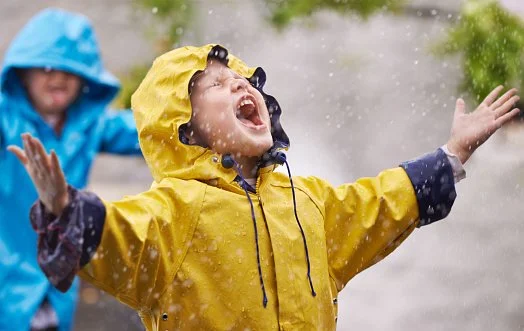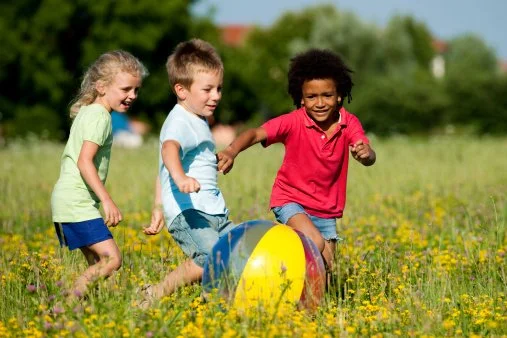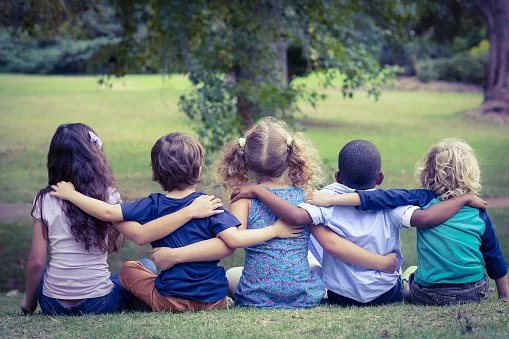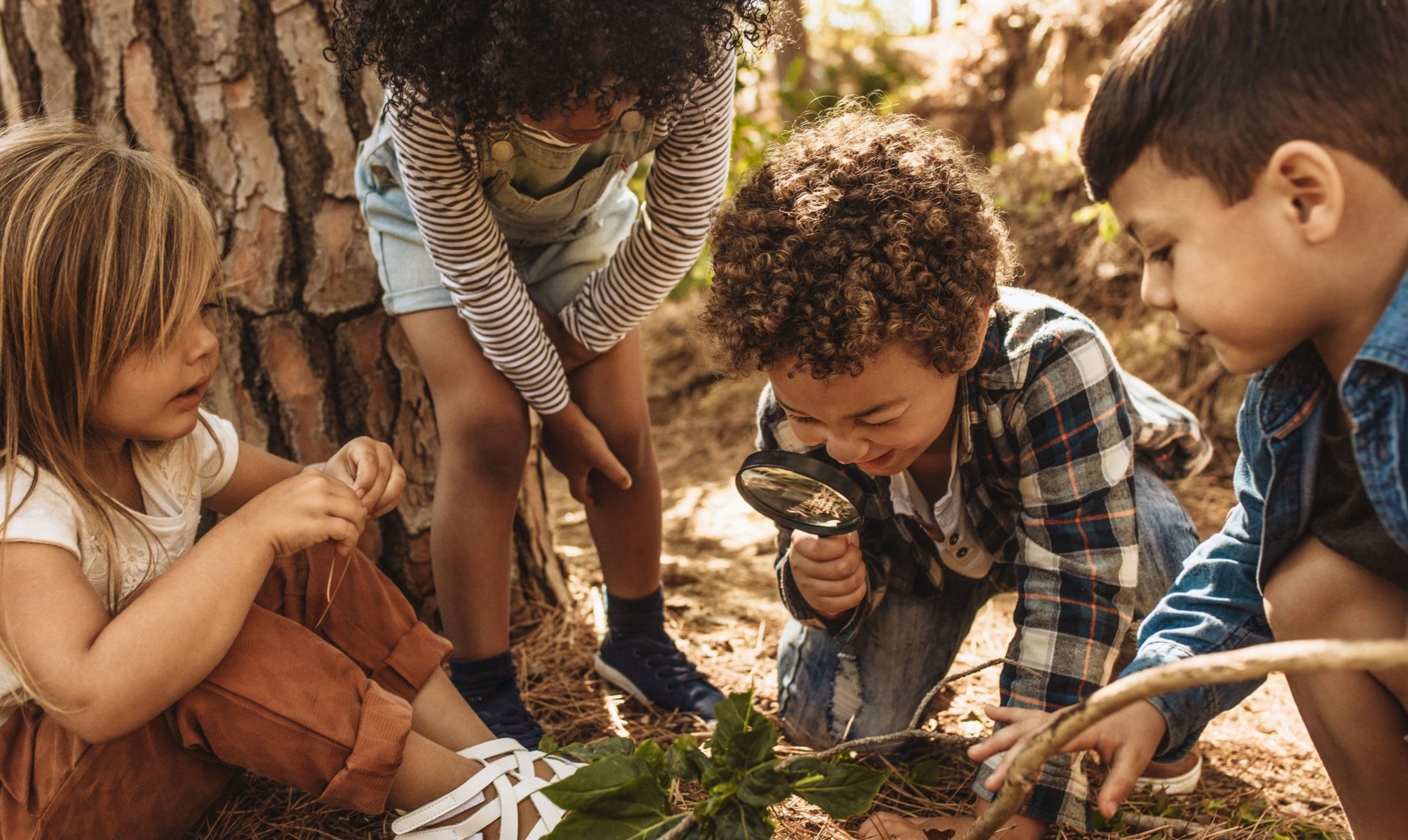
Oriolus Kids
An Early Childhood Nature Program where Children Experience, Explore and Express their Nature.
EXPERIENCE EXPLORE EXPRESS
With Oriolus Kids, children have the opportunity to…
Experience a kinship with nature that will continue throughout their lives
Explore nature through the seasons practicing lifelong learning skills
Express through the arts and sciences while playing, creating and investigating
Oriolus Kids is a pathway to the awareness of and engagement with the human-nature interconnection.
-
Oriolus Kids is a seasonally inspired, nature-based program offering experiences in the arts and sciences. This program was created and is operated by two women with 35 years of cumulative knowledge and experience working with children. The environment is a screen-free, in-home setting with a fenced yard for a small group of children ages 2 1/2 - 5 years. We are located in the Nine Springs Neighborhood on the Southeast side of Madison, Wisconsin. Parks, trails and natural areas surround our neighborhood. Program days and hours are Tuesday - Thursday, 8:30 AM - 4:30 PM. Full day and half day options available.
-
Two experienced adults in early childhood education will provide indoor/outdoor seasonal activities and experiences in the arts and sciences.
Seasonal Mural created using a process, cooperative art method and multiple mediums.
Choosing a Tree to visit and observe throughout the seasons.
Movement Activities making a body/nature connection through movement that captures the essence of the seasons with stories and songs. This early childhood movement curriculum was created for Oriolus Kids by Sabina Mapp, who has a BA in Dance and a MA in Dance Anthropology.
Gardening on-site, in a raised garden bed. Also introducing seasonal eating and cooking.
Seasonal Sensorial Walks on trails in our neighborhood's natural areas and park.
Science Experiments using a scientific method adapted for early childhood development. Also introducing Simple Machines.
Storytelling that reflects the essence of each season using classic and award-winning literature, puppetry, and dramatic/theatrical play.
Arts & Crafts opportunities to experience multiple mediums, including natural materials, and introducing the fundamentals of art.
Math Concepts are incorporated throughout the program's activities and introduce the fundamentals of math.
Music & Songs are incorporated throughout the program introducing the fundamentals of music.
-
The schedule includes a general time frame for activities throughout the day. We provide a consistent schedule for each day, yet we adapt to the natural rhythm of the group.
*During self-directed playtime, we offer a variety of materials that change seasonally.
8:30 - 9 Arrival and acclimation time with self-directed play*
9 - 9:30 Gathering and greeting: coming together as a group and sharing movement, songs and stories
9:30 - 10 AM snack
10 – 11:30 Curated indoor/outdoor seasonal activities and seasonal sensorial walks
11:30 - 12 Movement curriculum
12 – 12:30 Lunch
12:30 - 1 Rest period
1 - 1:30 Acclimation time for PM arrivals and self-directed play* for all
1:30 – 3 Curated indoor/outdoor seasonal activities
3 - 3:30 PM snack
3:30 - 4 Movement curriculum
4 - 4:30 Group farewell: coming together as a group to end our day with movement, songs and stories
-
Each day we engage in activities that are representational of the seasonal phase we are experiencing.
The essence of Late-Spring is new life bursting forth: active weather, active growth, active nature.
Activities Key:
(Parentheses denote learning concepts)
Italics express the human-nature interconnection
Activities during a Late-Spring day:
Gathering and Greeting:
Read, Who Likes Rain? by Wong Herbert Yee (literature)
Introduce a “raincloud” in a jar experiment as a prop (science)
Recite, "Five Little Ducks" (finger poem)
The essence and activity of Late-Spring.
Seasonally Curated Activities:
AM:
Seasonal Mural - We add shaving cream painted egg shapes in Spring colors (cooperative process art, math, science) The egg shape represents new life.
Gardening: Outdoors we prepare the garden turning the soil, adding compost. We introduce how simple machines are a part of our everyday work. Indoors we start seedlings (science, math, storytelling) We experience a sense of process, timing, and how weather affects activity.
Seasonal Sensorial Walk (sensorial, science) In honor of Earth Day, we practice stewardship by picking-up trash in our neighborhood.
PM:
“Growing Worms” - Use twisted paper towel to create the worm shape and add water to make them grow (math, science, craft) We acknowledge the mostly unseen, necessary participants in the life and growth cycle.
Dance Drama - “The Wind and the Sun” Listen to the story, learn some choreography and perform the story with props (movement curriculum, math, science, storytelling) A dramatic expression of life responding to weather.
Group Farewell:
Read, Worm Weather by Jean Taft, ills by Matt Hunt (literature)
Sing, “I’m a Little Seed” to the tune of “I’m a Little Teapot” (movement song)
Read, Flower Garden by Eve Bunting, ills by Kathryn Hewitt (literature)
We share the essence of Late-Spring in literature and illustrations.
Here are some self-directed play options for the indoors and the outdoors during Late-Spring.
Indoor:
Spring-themed literature
Natural building materials
Eggs, nests, bird figures
Gears
Art station with Spring-themed materials
Dramatic play options with dress-up clothes, mirrors and scarves. Tools for Spring cleaning.
Spring-themed Storytelling Basket
Outdoor:
Balance beam and other large motor balance equipment
Outdoor tools
Pulley
Boards for ramps and roadways and vehicles
Sensory table with simple machine accessories
Walks to the park to play
Please contact us if you’re interested in having your child join our program.
Benefits of an Early Childhood Nature Program
Children that have the opportunity to experience nature are:
More engaged learners as it enhances their critical thinking, problem solving and decision-making skills.
Playing outdoors improves coordination and fine and gross motor skills.
A nature program encourages the development of empathy for the living world.
Benefits of Living Seasonally
With Oriolus Kids, we practice a life lived in a natural rhythm through the seasons. Through this practice, children experience the following benefits.
Balanced Living—Living in conjunction with the seasons promotes a balanced life, reducing the constant pressure to be productive year-round. Recognizing times of action and rest throughout the cycles leads to overall well-being.
Greater Resilience—Living in nature's rhythm builds resilience. Periods of rest help with recovery and recharge, making one more ready for active times.
Enhanced Flexibility- This approach reduces the stress of rigid deadlines and allows for a more fluid progression, a natural ebb and flow.
Improved Focus—Seasonal living helps with what matters most at any given time. Thus, one is more likely to be present and intentional in one's efforts
“If the children show interest in nature, they share their vast knowledge of the subject material. Week after week, year after year, their lesson plan design fits the needs of all children.”
“This program is so special and thoughtful. I like the intention for creating a space for children to play and connect through nature and each other. Tying the connection between nature and the human experience is a lovely way for children to develop a healthy sense of belonging and of self.”
